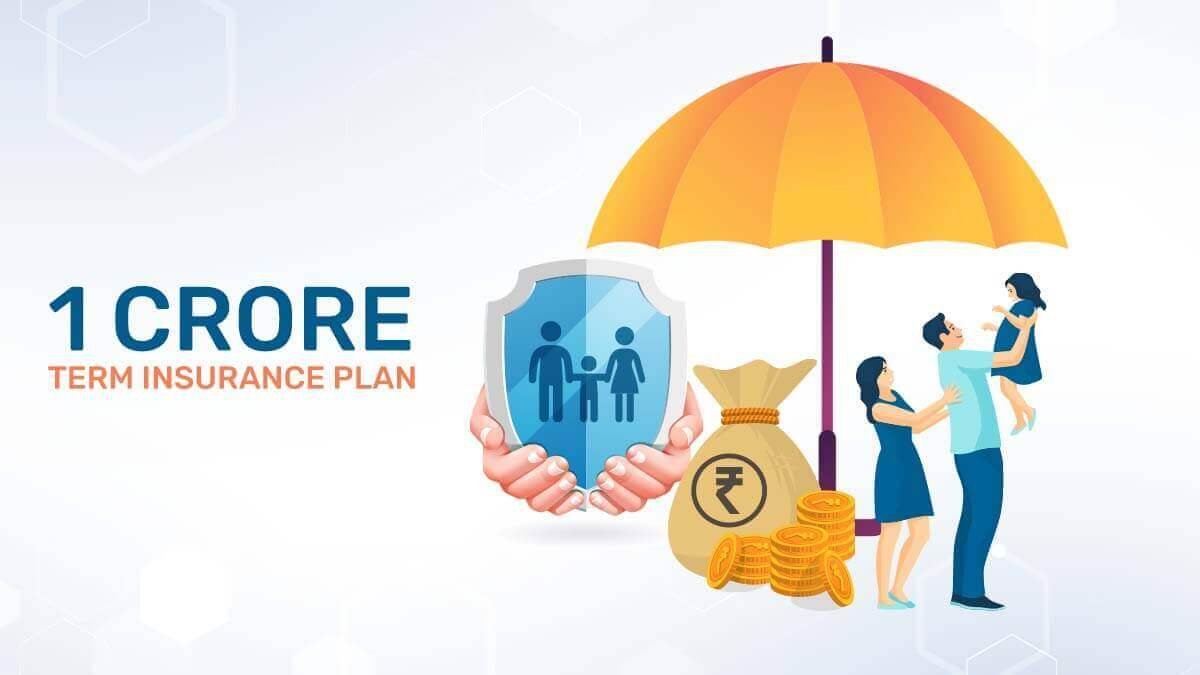
The frequency at which the average person can find themselves in $10,000 to $20,000 of consumer debt today is widespread and growing thanks to enhanced marketing of credit opportunities. Just about everywhere one looks, the ability to borrow is available and offered on credit cards, store credit, loans and more. While this makes for easy money at first, it has also contributed to a high number of people struggling to stay on top of significant debt and multiple payment deadlines.
Missing Education
Table of Contents
Unfortunately, while math, science and communication are standard requirements in high school and college, little effort is spent on teaching people how to manage their personal finances. Even after decades of growing debt in more than one generation. So, it shouldn’t be a surprise why people struggle so much with easy credit.
Debt management professionals have been very busy and continue to see increasing workloads for struggling consumers, especially when people reach the point of having no other option but to pay down their outstanding debt.
Getting Started Means Changing Behavior
The first big step every guidance is going to focus on involves to shut off unnecessary spending and start paying more than just the minimum requirement to cover interest charges. As long as the debt principal stays the same or grows, the recovery can’t get started.
Second, shifting debt from open revolving types of debt like that with credit cards to fixed schedule debt is essential. This kind of move puts a stop to variable interest charges that make it harder to make any headway, and part of the payment is guaranteed to go to the debt principal. Over time, usually on a 5-year payment schedule, the debt is effectively paid down and eliminated. It’s one of the most effective ways to shift from servicing debt to actually being debt-free.
Think About Cash Flow and Bill Management Too
Additional strategies include targeted payment strategies for paying down highest APRs first and working with debt management vendors like Symple Lending to access consolidation options. Consolidating debt into one loan versus multiple to make it easier to manage payment scheduling. These types of loans usually come with lower interest than credit cards, and they don’t change over time. By changing to one payment per month versus multiple with variable amounts, a borrower can find predictability versus feeling like they are drowning every week with another bill.
People’s lives are not hopeless if buried in debt. It can be paid off and there is freedom from the burden of borrowing. It takes work, and the best way to get started involves finding good advice on what steps to take. A debt professional is a great place to start, both for a second opinion and learning all the options available for solutions.













































